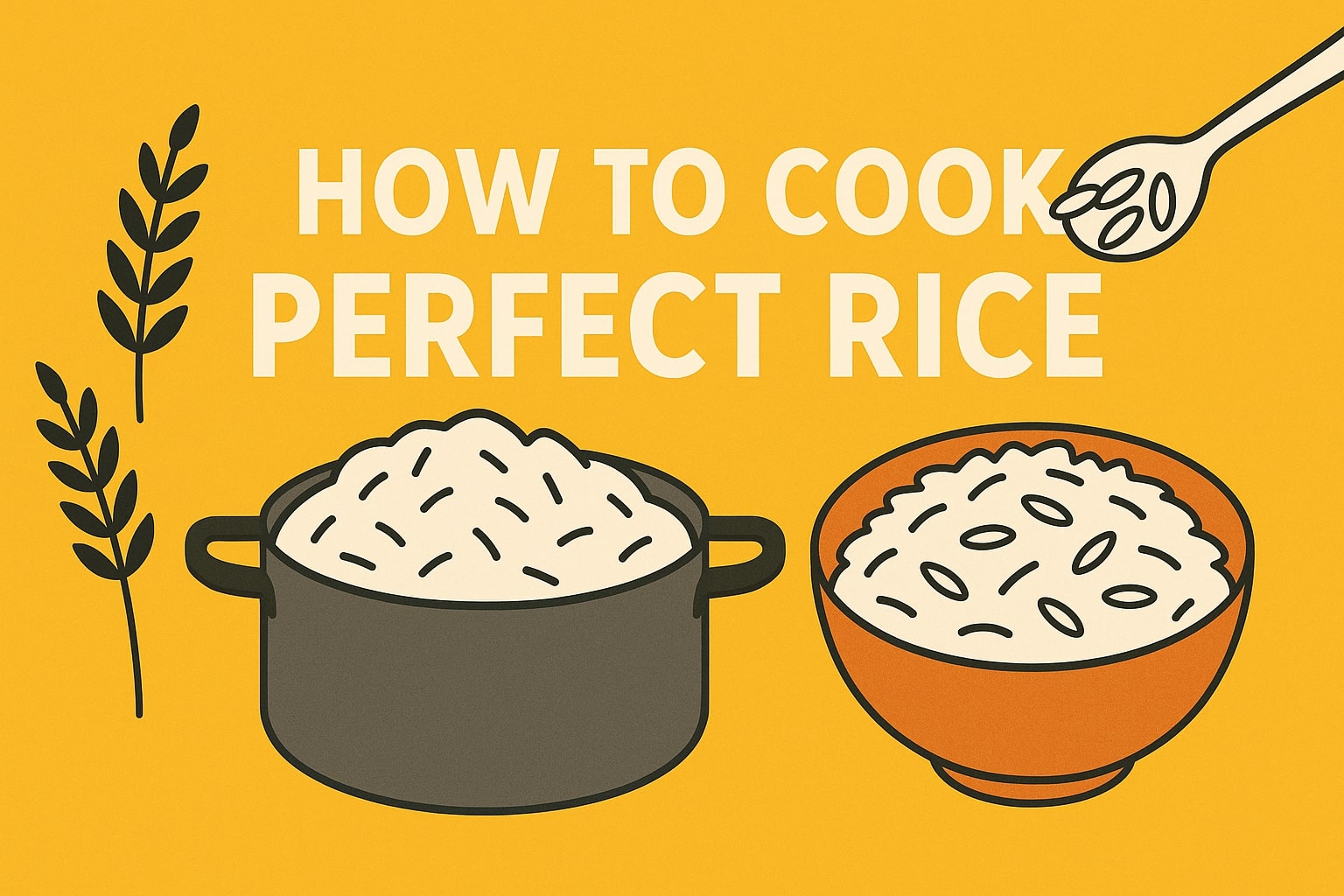What Is the Science Behind Cooking Perfect Rice?
Understanding how to cook perfect rice starts with recognizing that rice cooking is essentially controlled starch gelatinization. Each grain contains starch granules that absorb water and swell when heated to specific temperatures. The key is achieving complete starch gelatinization without overcooking, which requires precise water ratios and heat management.
Different rice varieties require different approaches. Long-grain rice like basmati needs less water (1:1.5 ratio) and benefits from soaking to remove excess starch, while short-grain rice requires more water (1:2 ratio) for its higher starch content. The absorption method works by using exactly the right amount of water that will be completely absorbed during cooking, preventing the waterlogged texture that ruins rice.
📺 Featured Video

How to make Perfect Rice at home, according to science.
by Ethan Chlebowski
How Do You Cook Rice Perfectly on the Stovetop Without a Rice Cooker?
The foolproof stovetop method for how to cook perfect rice involves three critical stages: preparation, cooking, and resting. Start by rinsing rice until water runs clear to remove excess surface starch that causes stickiness. Use a heavy-bottomed pot to ensure even heat distribution, and bring water to a full boil before adding rice.
Once you add rice to boiling water, immediately reduce heat to the lowest setting and cover tightly. Never lift the lid during cooking - this releases essential steam. Cook for 18 minutes for white rice, 45 minutes for brown rice. After cooking, remove from heat and let rest for 10 minutes before fluffing with a fork. This resting period allows moisture to redistribute evenly throughout the grains.
📺 Featured Video

How to Make Perfect Basmati Rice 🍚
by Food Network
What Are the Most Common Rice Cooking Mistakes to Avoid?
The biggest mistakes in learning how to cook perfect rice include using the wrong water ratio, lifting the lid during cooking, and skipping the resting period. Too much water creates mushy rice, while too little water burns the bottom before the grains are fully cooked. Each rice variety has its optimal ratio, so generic measurements often fail.
Another common error is cooking at too high heat throughout the process. After the initial boil, rice should simmer gently - vigorous boiling causes uneven cooking and can make grains burst. Not rinsing rice beforehand leaves excess starch that creates gummy texture, while stirring during cooking breaks grains and releases starch. Finally, serving immediately without resting prevents proper texture development.
